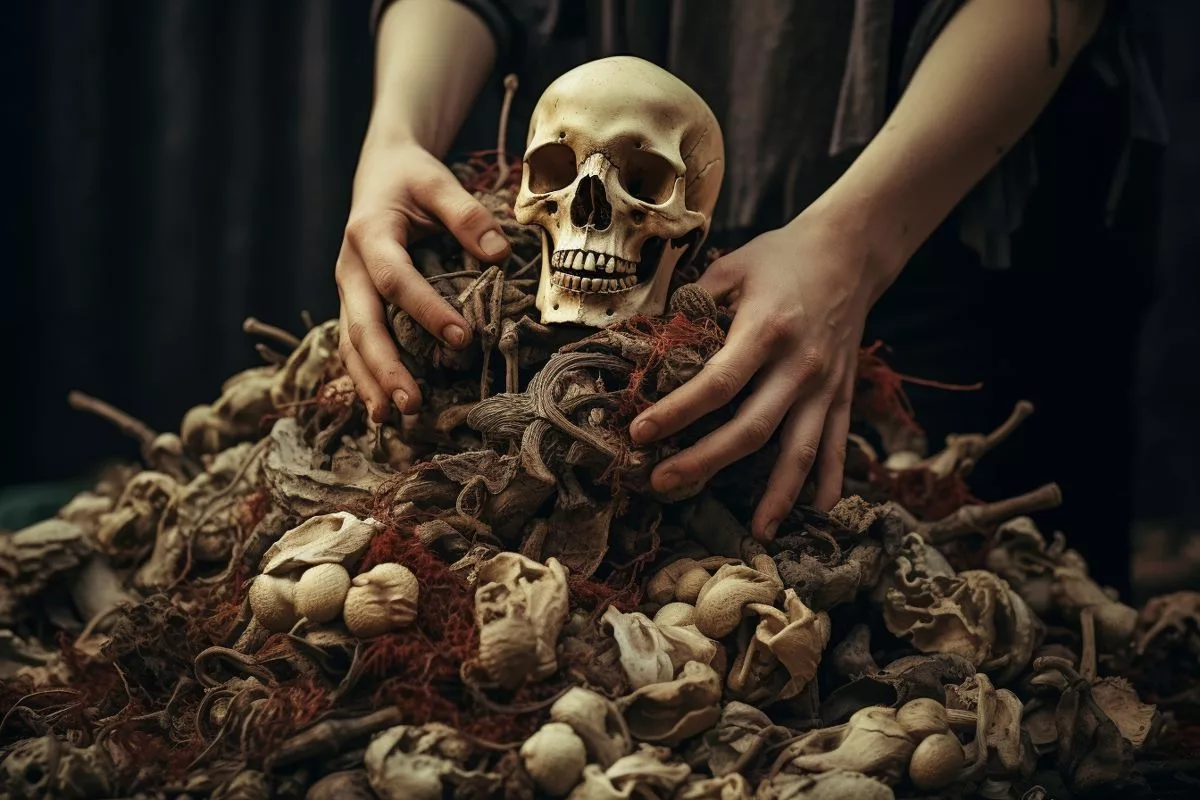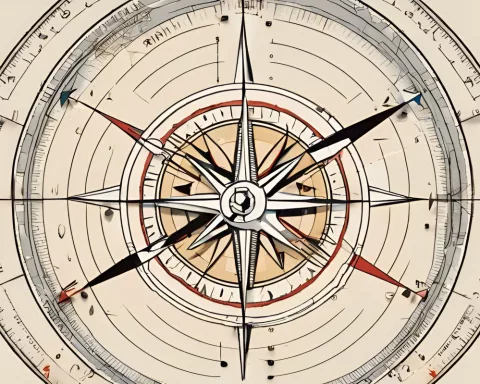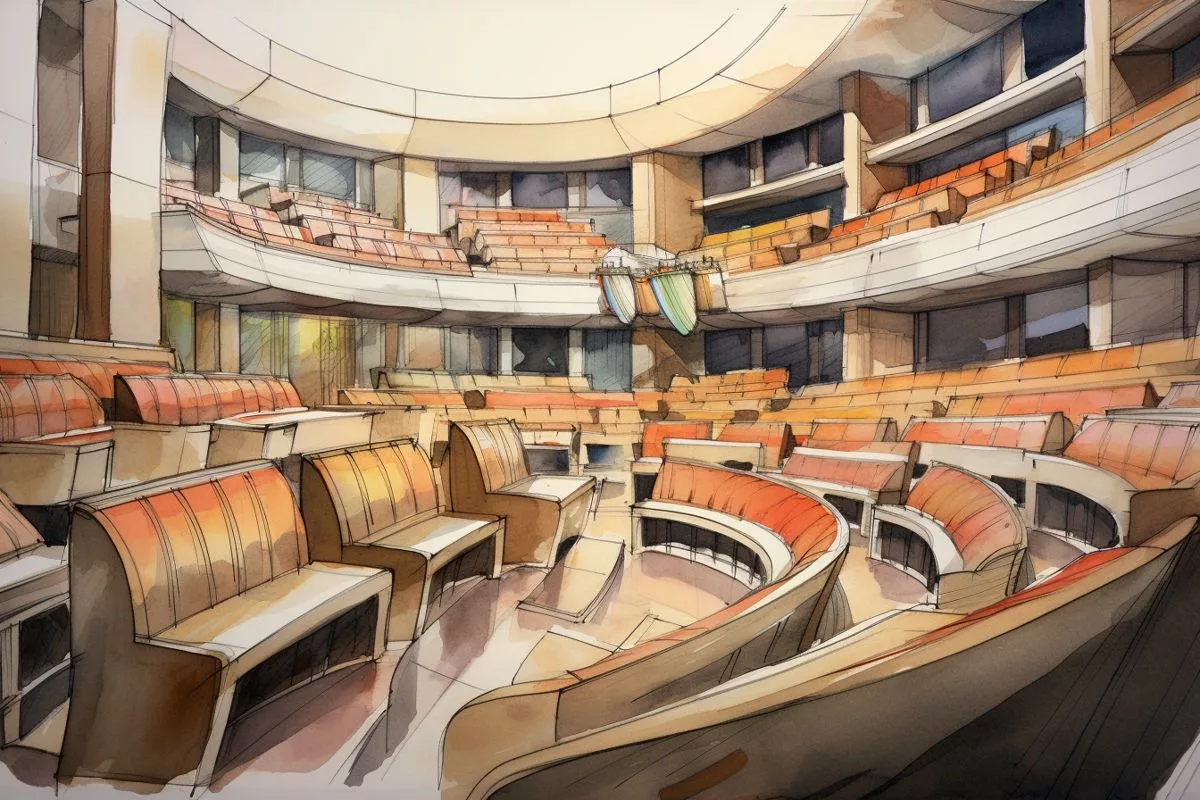The Sutherland Nine were Khoi and San individuals whose remains were stolen and used as scientific specimens at the University of Cape Town in the early 1900s. In 2017, their remains were discovered and returned to their rightful place after an extensive audit revealed their unethical acquisition. UCT worked with the Sutherland community and descendants to restore the dignity of the nine individuals, reburied them in Sutherland, and conducted a comprehensive scientific research that revealed their individuality. This event serves as an enlightening and invaluable lesson in historical justice and cultural understanding.
What is the story of the Sutherland Nine?
The Sutherland Nine were nine Khoi and San individuals whose remains were stolen and used as scientific specimens at the University of Cape Town during the early 1900s. Almost a century later, in 2017, their remains were discovered and returned to their rightful place in a significant project of historical justice. Through research, the project revealed their dietary habits, causes of death, and familial connections, and acknowledged the importance of respect and dignity for all individuals.
During the early 1900s, an unfortunate incident occurred within the prestigious University of Cape Town (UCT). A medical student named Carel Gert Coetzee, driven by misguided curiosity, unearthed and stole the remains of nine Khoi and San individuals from their resting place near Kruisrivier. This act of objectification came to light when he presented them as scientific specimens to the university between 1926 and 1931.
Almost a century later, in 2017, an extensive audit revealed the skeletons among 11 others in the UCT Human Skeletal Collection. The audit unveiled a disturbing fact: these individuals, identified as |gui, Cornelius Abraham, Jannetjie, Klaas Stuurman, Saartje, Totje, Voetje, and two children, G!ae and Saa, were acquired unethically.
Upon this alarming discovery, UCT initiated a significant project of historical justice. The institution worked in collaboration with the Sutherland community and the descendants of the deceased to restore the dignity of the nine individuals. Thus began a symbolic journey to return the remains to their rightful place.
The Journey Back Home: A Monumental Act of Reparation
The process reached its peak on 26 November, when the remains were reburied in Sutherland. The occasion was characterized by a profound sense of solemnity. A procession departed from UCT and embarked on a 110km journey through Roggeveld, the ancestral hunting grounds of the Sutherland Nine, as they came to be known. The route marked the boundary between the Western and Northern Cape provinces, symbolizing a transition from one realm to another.
In honor of their faith that had sustained their communities through numerous trials over the centuries, a church service was held prior to their reburial. Leaders from the Western Cape San and Khoi communities, chiefs Bradley van Sitters and Autshumao Mackie, paid homage to their ancestors and invoked their memory. They burned impepho, a traditional African plant used for communication with ancestors, and conducted a cleansing ceremony alongside their Northern Cape counterparts, Oupa Isak Kruiper and Atta Lydia Kruiper.
The Science behind The History: Unraveling the Lives of the Sutherland Nine
A noteworthy aspect of this project was a comprehensive scientific research conducted by UCT. Intent on unraveling the lives of the Sutherland Nine, the university performed an in-depth study. The research divulged their dietary habits, the causes of their death, and their familial connections. Remarkably, the study established that the descendants of Abraham and Stuurman still resided in the area.
In addition to the study, a reconstruction of their faces was undertaken as a physically perceptible testament to their individuality. This part of the project underlined the humanity that was once wrongfully disregarded. Professor Victoria Gibbon, curator of the UCT Human Skeletal Repository, supervised this aspect of the project, referring to the return of the remains as the largest of its kind in the country.
Lessons from The Past: A Learning Curve
The Karoo Hoogland mayor, Anthony Stuurman Mietas, accurately referred to the event as a ‘learning curve’. This process not only rectified a historical blunder but also served as a valuable lesson about the necessity of respect and dignity for all individuals, irrespective of their cultural or ethnic background.
The restitution of the Sutherland Nine to their ancestral land is not just a mere act of reparation. It acknowledges their existence, underscores their significance, and recognizes their permanent mark on history. It validates the narratives passed down by their descendants and revives their communal memory. This event serves as an enlightening and invaluable lesson in historical justice and cultural understanding, an educational experience that holds monumental importance not just for the Sutherland community, but for the entire human race.
Who were the Sutherland Nine?
The Sutherland Nine were nine Khoi and San individuals whose remains were stolen and used as scientific specimens at the University of Cape Town during the early 1900s.
How were their remains discovered?
Their remains were discovered during an extensive audit of the UCT Human Skeletal Collection in 2017.
What was the significance of the reburial of the Sutherland Nine?
The reburial of the Sutherland Nine was a monumental act of reparation and historical justice that restored their dignity and acknowledged their significance and permanent mark on history.
What scientific research was conducted on the Sutherland Nine?
The scientific research conducted on the Sutherland Nine revealed their dietary habits, causes of death, and familial connections, and a reconstruction of their faces was undertaken as a physically perceptible testament to their individuality.
What lessons can be learned from the Sutherland Nine story?
The Sutherland Nine story serves as an enlightening and invaluable lesson in historical justice and cultural understanding, highlighting the necessity of respect and dignity for all individuals, irrespective of their cultural or ethnic background.
What was the journey towards the reburial of the Sutherland Nine like?
The journey towards the reburial of the Sutherland Nine was characterized by a profound sense of solemnity, and a church service was held prior to their reburial in honor of their faith that had sustained their communities through numerous trials over the centuries.












